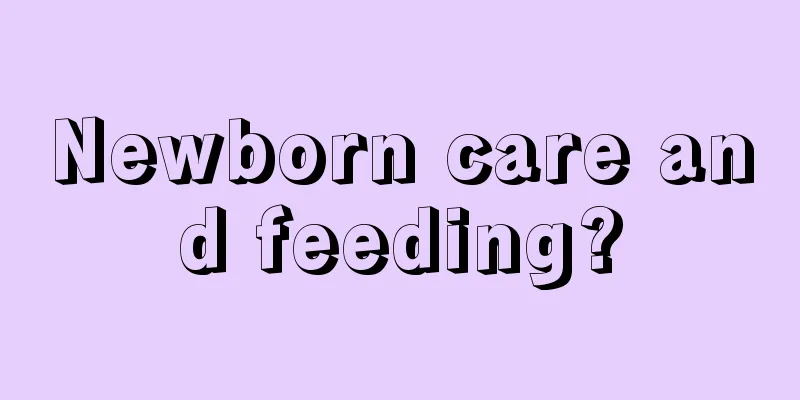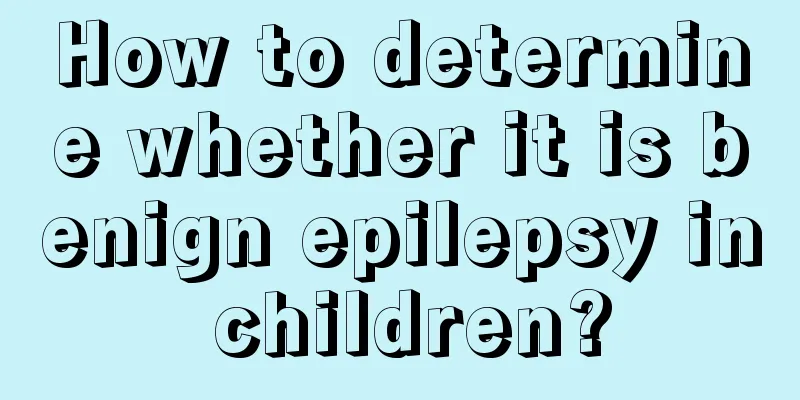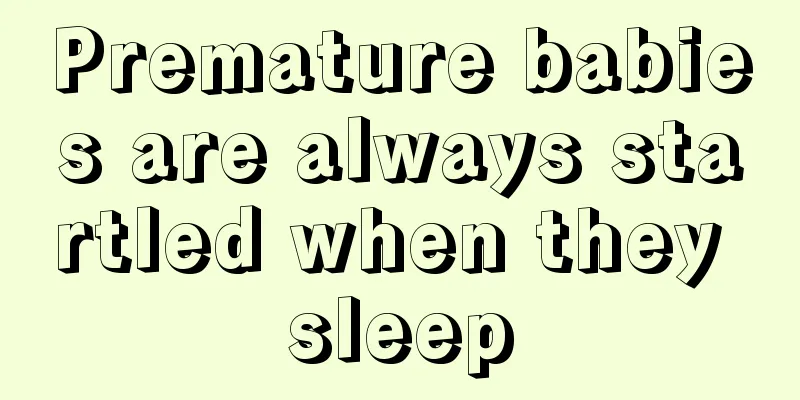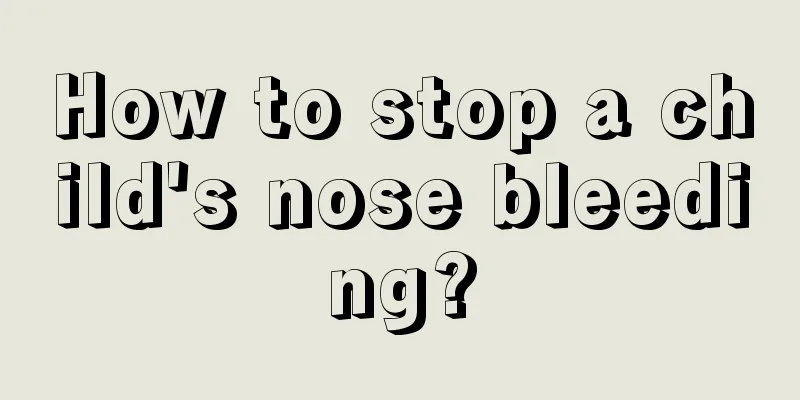What are the causes of strabismus in children?
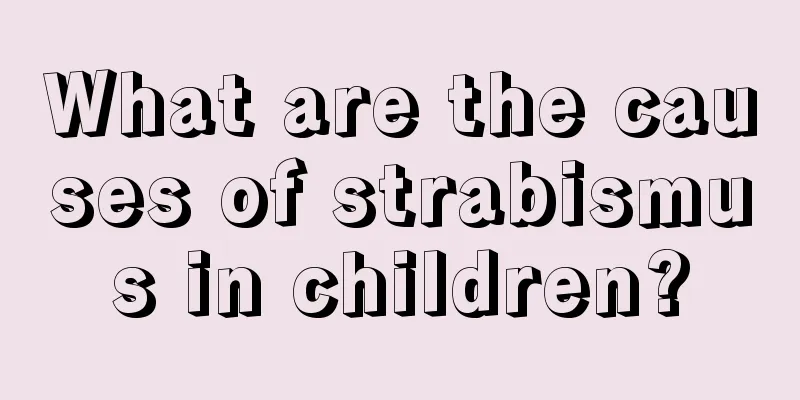
|
Strabismus is a relatively common eye disease, and this disease is more likely to occur in childhood than in adulthood. Adults are obviously less likely to develop the disease than children, but it does happen. Whether adults or children, strabismus should receive formal treatment. So, what is the cause of strabismus in children? 1. Visual dysfunction Generally, the visual center of children's brain is not fully developed, so they cannot coordinate and control the contraction and extension of the extraocular muscles well. Therefore, the single vision function of children's eyes is unstable and imperfect. At this time, any certain external factors such as fright, fever, trauma and other stimuli may lead to the weakening or even loss of the unstable single vision function of the eye. 2. Factors related to children's eyes Generally, children have relatively short eyeballs and most of them suffer from physiological hyperopia. Generally, children's need to look at nearby objects gradually increases after they are two years old. Moreover, children's eyes have a strong ability to adjust and their eye muscles have good contraction force. If children have the habit of looking at things very close since childhood, their eyes will be in a state of high adjustment for a long time, which will cause the eyeballs to turn inward, and in the long run will lead to esotropia. 3. Congenital and birth injury factors Generally, children's congenital extraocular muscles are not fully developed; the nerves that control the movement of the extraocular muscles are congenitally paralyzed; the mother's difficult labor causes damage to the extraocular muscles and extraocular muscle nerves, all of which can cause deviation of the eyeball position. Depending on the type of strabismus, it can generally be divided into surgical treatment and non-surgical treatment. 1. Surgical treatment is to adjust the strength of the external eye muscles and the position of the attachment points through surgery to make the eye position return to normal. Congenital esotropia and strabismus usually require surgical treatment. Non-accommodative and large strabismus also usually needs to be corrected by surgery. 2. Non-surgical treatment: Not all strabismus require surgical treatment. If it is accommodative esotropia, it can be corrected by wearing appropriate hyperopia glasses or bifocals. If there is moderate or high refractive error, glasses are often needed for correction. In addition, axial correction training can be used to help restore binocular single vision and increase image fusion ability. |
<<: How to treat strabismus in children?
>>: Is it OK to bathe a child with a fever?
Recommend
Baby choking on amniotic fluid at birth
Everyone should know that babies rely on the nutr...
Simple nutritious meal recipes for children
Children are in a stage of laying the foundation ...
Baby likes to lie on his tummy
When adults sleep, they choose to lie flat or sle...
Methods for liver, gallbladder and intestine detoxification for children
Nowadays, everyone is using cars and other means ...
5-year-old child fell to the ground and vomited
We all know that children are bound to bump into ...
What is the best thing to eat when a child vomits?
Vomiting is the most common phenomenon when child...
What medicine should a 4-year-old baby take for toothache
Toothache in babies is a common problem and also ...
Seven-month-old baby food recipes
Whenever the baby is seven months old, he can eat...
Is it okay for children to take medicine for constipation?
Constipation is caused by getting angry. Many peo...
How to adjust mild obesity in children
In any case, the problem of mild obesity in child...
Causes and treatment suggestions for five-month-old baby's yellow urine
Even if we are talking about normal people, we kn...
Symptoms of autism in babies
A baby's personality is developing before the...
Hand, foot and mouth disease in children
When children are young, they are prone to some d...
Can children eat Panax notoginseng powder?
Children's bodies are in the development stag...
What to do if a child has a blocked tear duct
Many people may not understand what the tear duct...
